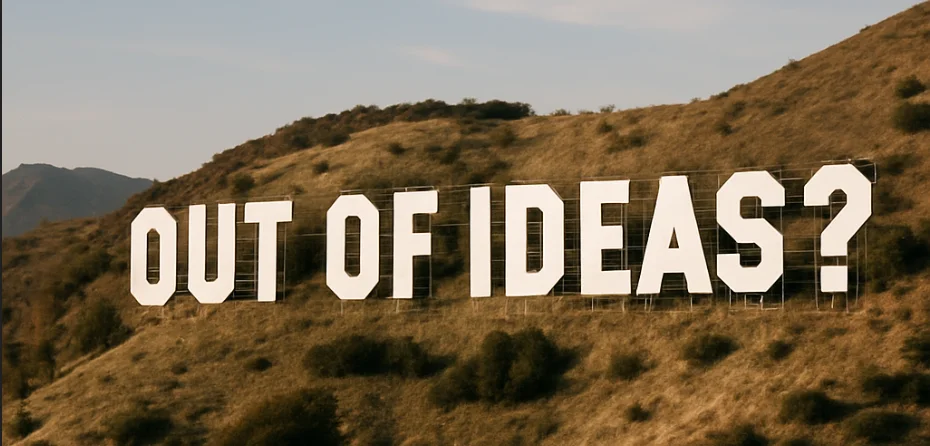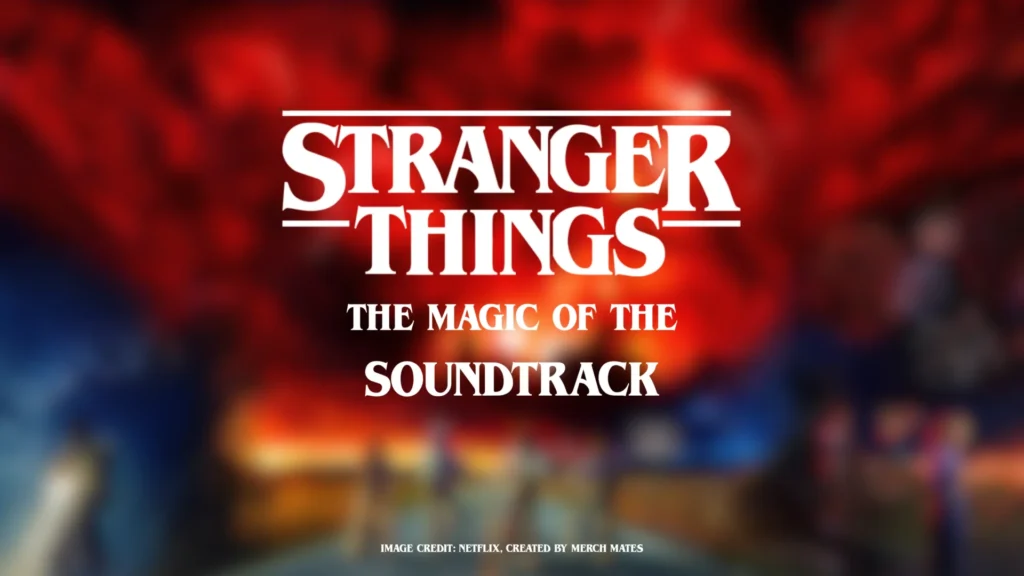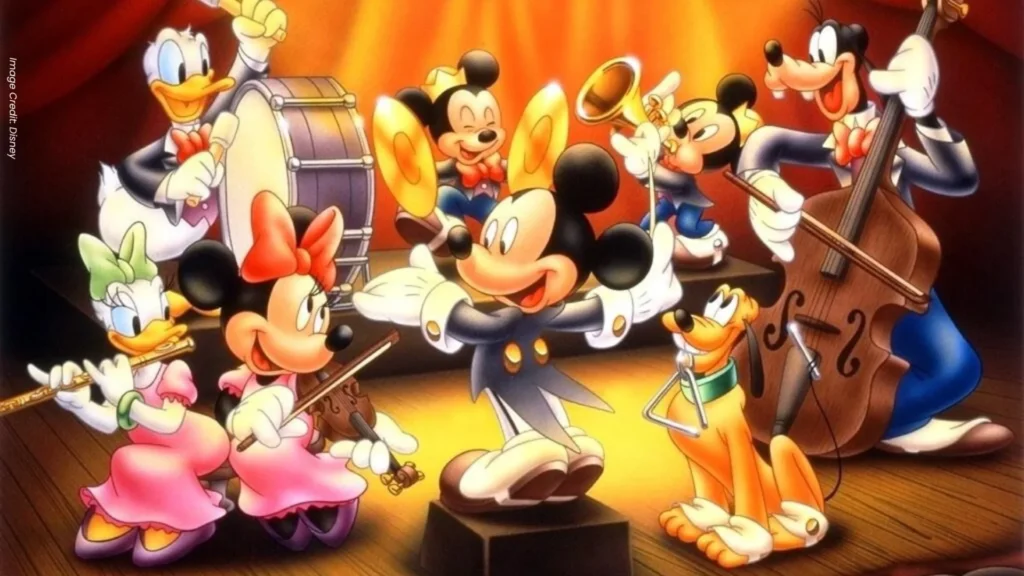Hollywood studios are playing it safe. Every summer brings another remake, another reboot, another “reimagining” of something we’ve seen before.
The reason is simple: it’s a case of having a safe bet.
When you’re risking hundreds of millions of dollars on a single film, familiarity becomes your friend. Audiences know the characters, understand the story, and can just switch a film on without learning about new worlds or complex narratives.
This comfort factor drives more decisions than most people realize.
The Mathematics of Risk
The numbers tell the story. Disney’s remake strategy has proven financially transformative, with The Lion King (2019) earning $1.66 billion worldwide and Beauty and the Beast (2017) bringing in $1.27 billion.
These aren’t accidents. They’re calculated business decisions based on harsh economic realities.
Modern blockbusters require massive investments. A movie costing $300 million to produce typically needs $427.8 million in box office returns just to break even, with theaters taking approximately 50% of ticket sales and marketing budgets often adding another 50-150% to production costs.
When failure can be catastrophically expensive, studios gravitate toward pre-tested intellectual property with built-in audience recognition.
The Nostalgia Bridge
Nostalgia functions as a powerful marketing tool, but it’s more strategic than sentimental. Take Star Wars: The Force Awakens as an example of this delicate balance.
The aim is to get old fans of the original interested while bringing in new audiences who might not have heard of the property. Getting different audiences into film is never a bad thing.
But this approach comes with risks and intricacies that must be carefully managed.
When franchises rely too heavily on nostalgic elements, they feel like fan service rather than genuine storytelling. The project becomes almost pointless, existing more for commercial exploitation than artistic merit.
The key is finding the right balance between honoring the original and creating something new.
Global Market Pressures
International audiences significantly influence remake decisions. International markets account for over 70% of Hollywood’s total box office revenue, making global appeal crucial for financial success.
Familiar concepts and established franchises translate more easily across cultural boundaries than completely original stories. A global brand like Harry Potter carries recognition that spans continents and generations.
This creates a feedback loop where studios increasingly prioritize properties with proven international appeal over untested original concepts.
Technology as Justification
Advanced CGI and special effects often get cited as reasons for remaking films, but technology alone doesn’t warrant revisiting existing properties.
The approach matters more than the tools. How to Train Your Dragon succeeded as a live-action remake because it preserved the animated feel that made the original magical. The decision to keep Toothless looking animated rather than photorealistic maintained the story’s emotional core.
Compare this to The Lion King, which felt more like a nature documentary than a magical story because it prioritized realistic visuals over emotional connection.
Technology should enhance storytelling, not replace it.
The Quality Question
Poor quality remakes create audience fatigue. If studios keep pushing out mediocre remakes, people lose interest, especially when they’re consistently disappointing.
Recent successes like Lilo and Stitch might represent a turning point. When remakes involve original filmmakers or introduce genuinely new elements while staying true to the source material, they can succeed both commercially and creatively.
The industry needs a delicate balance of movies released: remakes, animation, live action, streaming content, and cinema experiences. The entertainment industry must stay versatile while keeping the cinema experience at the forefront.
You can feel passion through the screen. When filmmakers genuinely care about their projects, that love translates to audiences.
Marketing Evolution
Creative marketing can overcome many limitations, especially for original content. The key is building intrigue without revealing too much.
Final Destination 5 demonstrated this with guerrilla marketing that matched the film’s premise. Marketing materials appeared in precarious real-life scenarios: on trucks carrying logs, alongside window cleaners on skyscrapers. This got people talking on social media because it was clever and contextual.
Social media platforms like TikTok and Instagram offer free organic reach for creative content. Younger Gen Z creators are becoming influential voices in film discussion, often providing more insightful opinions than traditional critics.
The difference between critic and audience scores on platforms like Rotten Tomatoes reveals this disconnect. General audiences want to be entertained by good stories, acting, and visuals. They don’t necessarily care about the technical criteria that critics prioritize.
Passionate influencers who genuinely love filmmaking create more engaging content than generic promotional campaigns. Their enthusiasm shows through in interviews and discussions, making audiences curious about projects they might otherwise ignore.
The Independent Alternative
For independent films, success comes down to prioritization. The majority of the budget should go toward making a good film, then creativity must compensate for limited marketing resources.
Social media becomes crucial for indie filmmakers because organic posting is free. It provides opportunities to share artistic work with audiences and potentially go viral.
Films like Sinners prove that original stories can succeed with good casting, great acting, and narratives that resonate with audiences. When something feels different and unexpected, it becomes a welcome surprise.
The cinema experience isn’t dead. The effort that goes into providing that experience sometimes lacks, but audiences still crave engaging stories told with passion.
Finding Balance
The remake phenomenon reflects broader risk aversion as production costs have escalated dramatically. Studios favor safer investments with predictable outcomes over original concepts that might fail catastrophically.
This creates tension between artistic innovation and commercial sustainability. While remakes are often criticized for lacking originality, they represent rational business strategy in an industry where failure carries enormous financial consequences.
The solution isn’t eliminating remakes but ensuring they’re made with purpose rather than just because studios can. Original filmmakers should be involved when possible, and remakes should either introduce new elements or stay completely true to what made the original special.
Most importantly, the industry needs passionate people working on passionate projects. When you can see the love that went into making something, audiences respond.
The future likely holds new marketing methods we haven’t considered yet. Video games like Fortnite and Call of Duty already feature film characters as playable skins. AI and emerging technologies will create additional promotional opportunities.
But the most powerful marketing tool remains a good trailer that captures what makes a film worth watching. All the innovative strategies in the world can’t compensate for failing to get the basics right.
Hollywood’s remake economy will continue as long as the financial incentives exist. The key is ensuring that when studios choose to revisit existing properties, they do so with the same passion and creativity that made the originals worth remaking in the first place.




